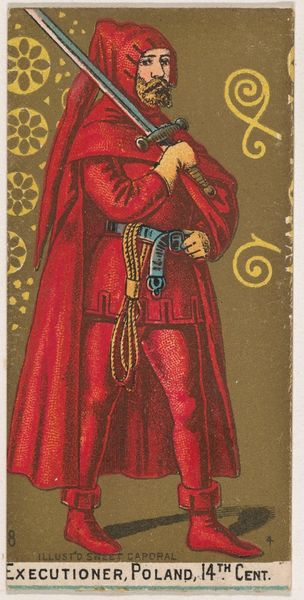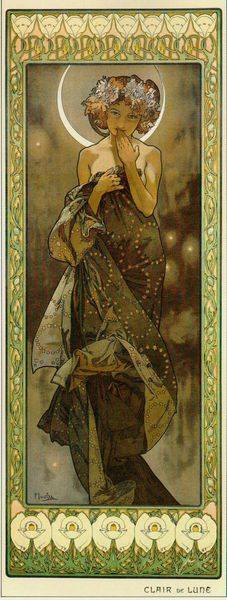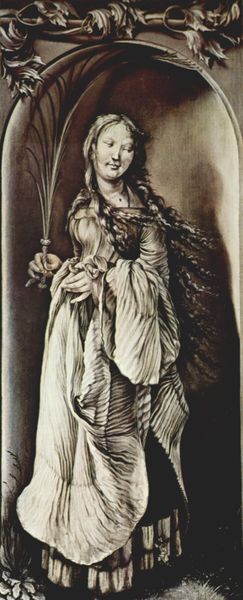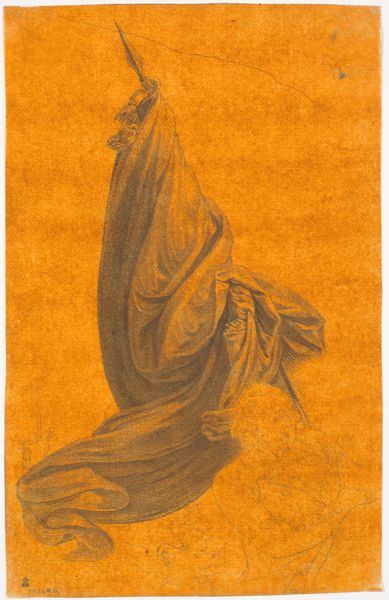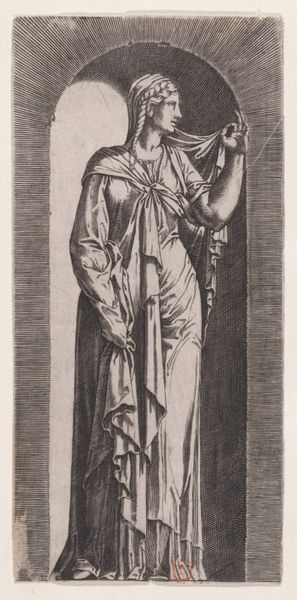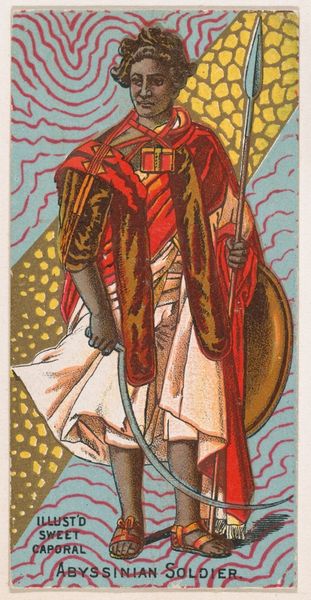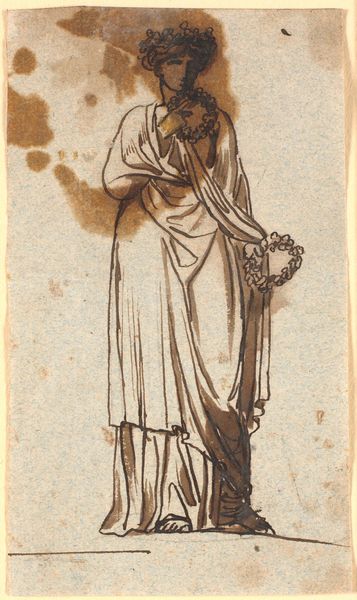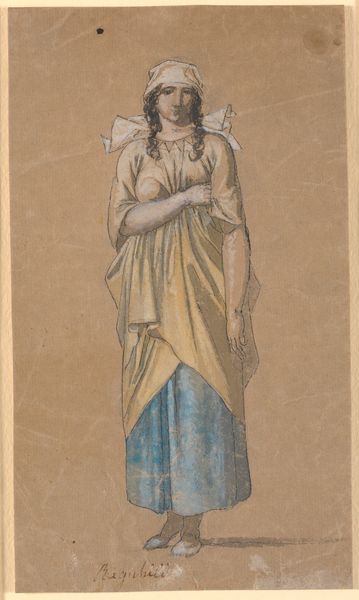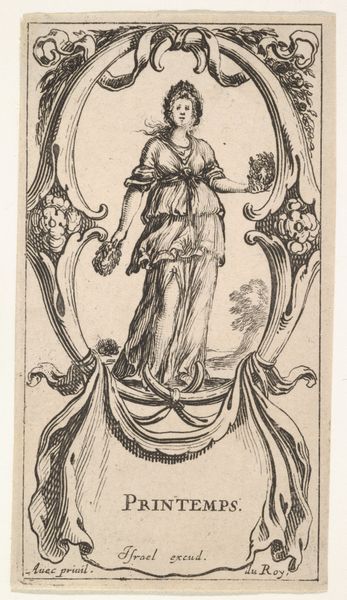
tempera, painting
#
portrait
#
byzantine-art
#
medieval
#
tempera
#
painting
#
figuration
#
handmade artwork painting
#
oil painting
Copyright: Orthodox Icons,Fair Use
Curator: Immediately, I'm struck by the rough texture and aged quality. It's beautiful and raw, as if it carries centuries of touch and devotion. Editor: And that's precisely its history. We're looking at "Prophet Elijah," a tempera on panel icon that dates back to approximately 1200. It’s housed at Saint Catherine's Monastery on Mount Sinai, a location that has seen religious devotion and artistic production for centuries. Curator: Tempera explains the slightly chalky surface quality. I'm fascinated by the pigment choices here. They speak volumes about material access and the trade networks operating at that time. Sourcing these natural pigments wasn't simple! Editor: Indeed. Beyond material origins, this image is powerful in that it reflects the crucial role of Elijah within Orthodox tradition, often associated with judgment, prophecy, and asceticism. That's reflected, I think, in the almost severe expression on his face and in the upraised hands that could signal a plea or even a condemnation. The inclusion of the bird is quite unique in representations of Elijah, prompting interesting lines of questioning about the symbol’s origin. Curator: That's interesting! And I hadn't noticed the bird. It's positioned almost as an afterthought. I'd love to know more about the underpainting process of the artist. Did they sketch out this composition, or did they block it in directly using layers of pigment? The more I look at the draped fabric, the more the icon resembles painted sculpture. Editor: We also have to consider the social functions of icons. This wasn't simply art for art's sake. This would have been venerated, perhaps carried in procession. We must consider its placement and the viewers who engaged with this depiction of Elijah over hundreds of years, shaping its meaning and purpose. Curator: Absolutely! Thinking of the numerous hands that likely touched this panel... that devotional act physically polished and marked the surface we now see. Its existence tells a fascinating story about the division of labor in monastic production, the sources of its materials, and its eventual role in ritual and worship. Editor: These interwoven factors speak to Elijah's continued relevance. Not just as a historical figure, but as an iconographic presence whose potency continues to shift across diverse historical contexts. Curator: It certainly broadens one’s perspective beyond just aesthetics or personal devotion to appreciate that enduring intersection of material creation, religious power, and transformative impact.
Comments
No comments
Be the first to comment and join the conversation on the ultimate creative platform.
